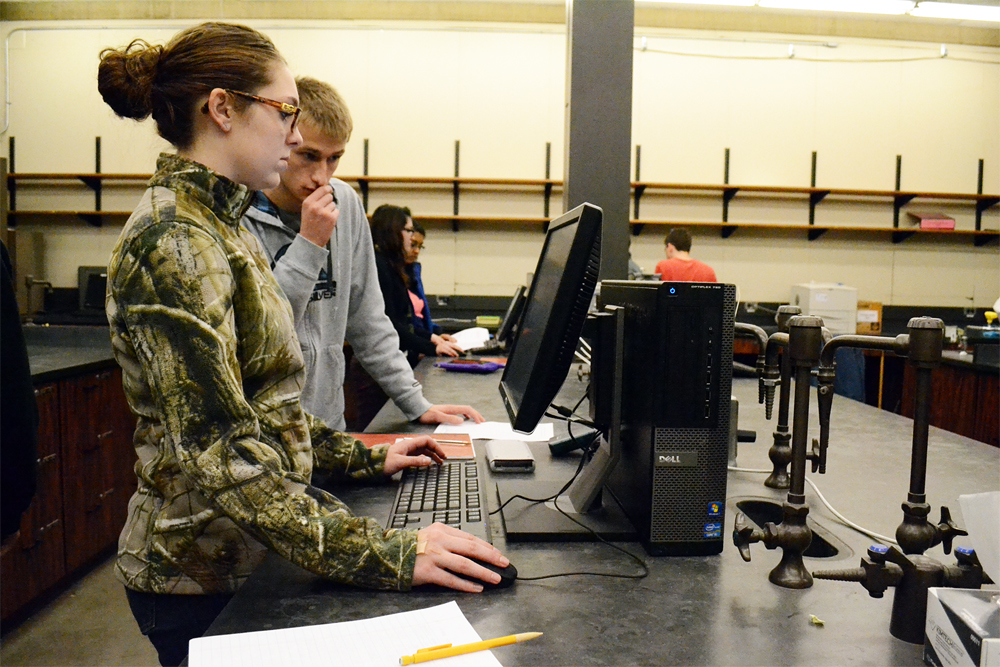Portland State students have reason to celebrate—school is about to cost less. After 14 years of increase, in-state tuition will lower by 1.5 percent during winter term 2014. After the decrease, the rate will be frozen through spring 2015.
The costs of educating a college student come from three places: the student (usually in the form of grants, scholarships and loans), the university (parking fees, dorms and food sales), and the state. Today the average PSU student pays over 70 percent of that cost; the state pays around 20 percent.
Oregon University Systems, which governs the seven public universities in the state, allocates the budget after it has been submitted by the governor’s office and approved by state legislature. They have faced challenges as Oregon universities grow larger.
“In the last decade, the budget has gone up and down, but mostly down,” said Diane Saunders, OUS communications director. “We are at the same level as 10 years ago, not adjusted for inflation, and with 30,000 more students.”
But Saunders believes it is essential for higher education to be available to as many people as possible.
“If you don’t have highly educated citizens, it’s hard to attract the large companies that everyone needs,” Saunders said. “It’s a chicken and egg. They won’t come in if you don’t have a strong cadre of educated employees to hire. It’s not just self-interest, it’s public interest.”
The budget is planned two years in advance, and before this school year began, OUS hoped to decrease tuition across the board if they could come up with 50 million dollars.
In this years legislative sessions, which ended in June, 15 million was allocated specifically for the purpose of reducing tuition. It was the first time since the 2008 recession that the higher education budget was increased. They also capped next year’s tuition increase to 3.5 percent, which is significantly lower than previous years where rates rose up to 11 percent annually.
In late September, the Oregon Legislature met for a special session in what is being called “the grand bargain.” It involved divergent political issues: a farming regulation bill, modifications to the Public Employee Retirement System, and money towards public education. An additional 25 million dollars was added to the 15 million, all going towards lowering tuition.
They fell short by 10 million dollars, but it was enough for a tuition decrease.
While this is a victory for students, one political challenge is getting young people to participate.
“A major legislative hurdle facing students as we try to win priority in statewide budgeting and policy decisions is the low turnout of youth (ages 18-29) in elections. Students are not seen as an important part of the electorate and as a result are often marginalized in political decision making,” Eric Noll, legislative affairs director for the Associated Students of PSU, said in an email.
“If students registered and turned out to vote in elections at a similar rate to people ages 40-65, our needs will be prioritized, including the need for an affordable, accessible and quality education.”
There are students who want to make a difference. Cameron Frank is part of the Portland State Student Union, and had a presentation at the first general assembly. He believes PSU needs to spend its money more wisely.
“We need to wildly re-prioritize the way that state money is being spent. We have more and more administrators and middle management every year, and they’re paying themselves more and more money,” Frank said. “I’m not saying get rid of football, but we could spend much more intelligently when it comes to athletics.”





